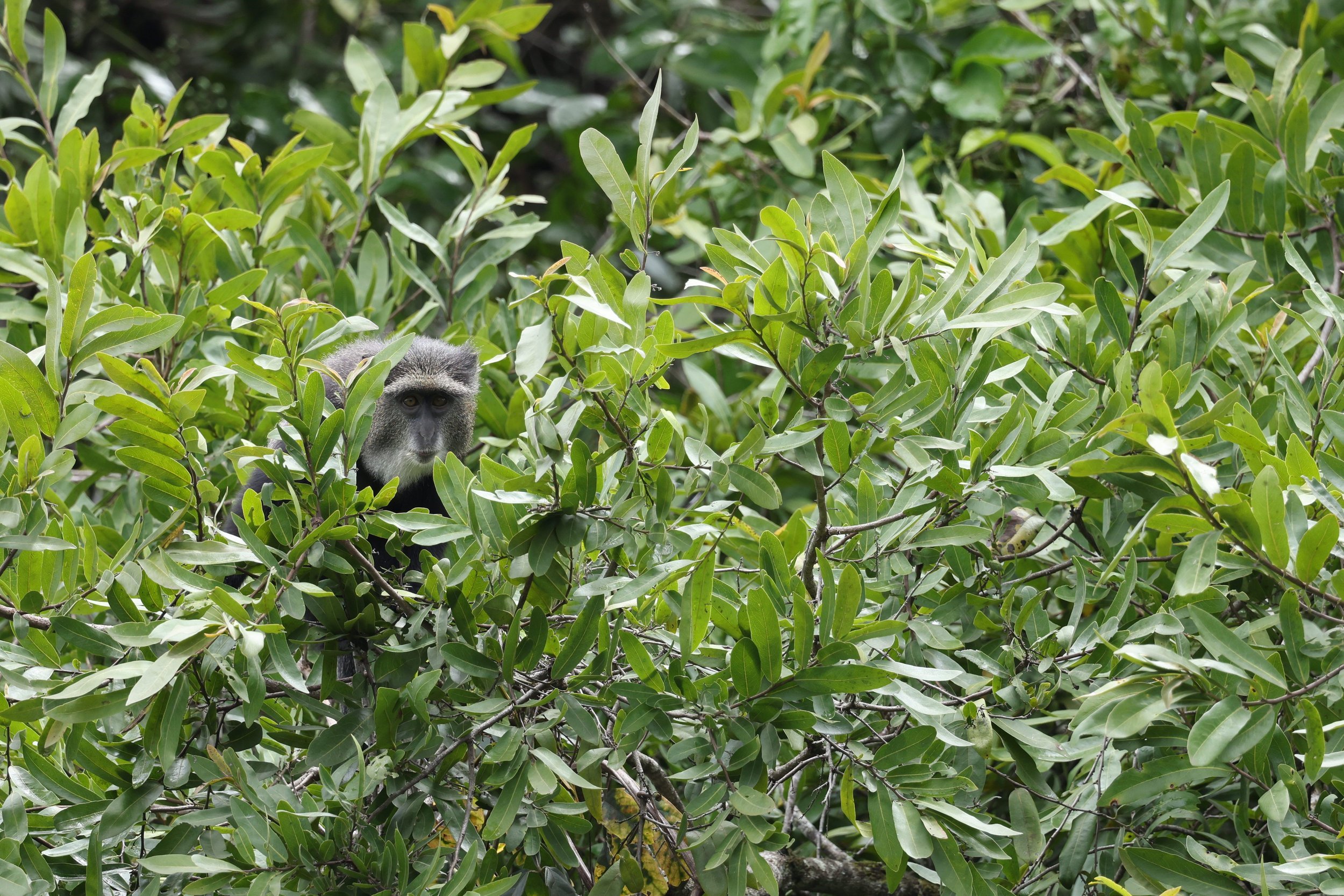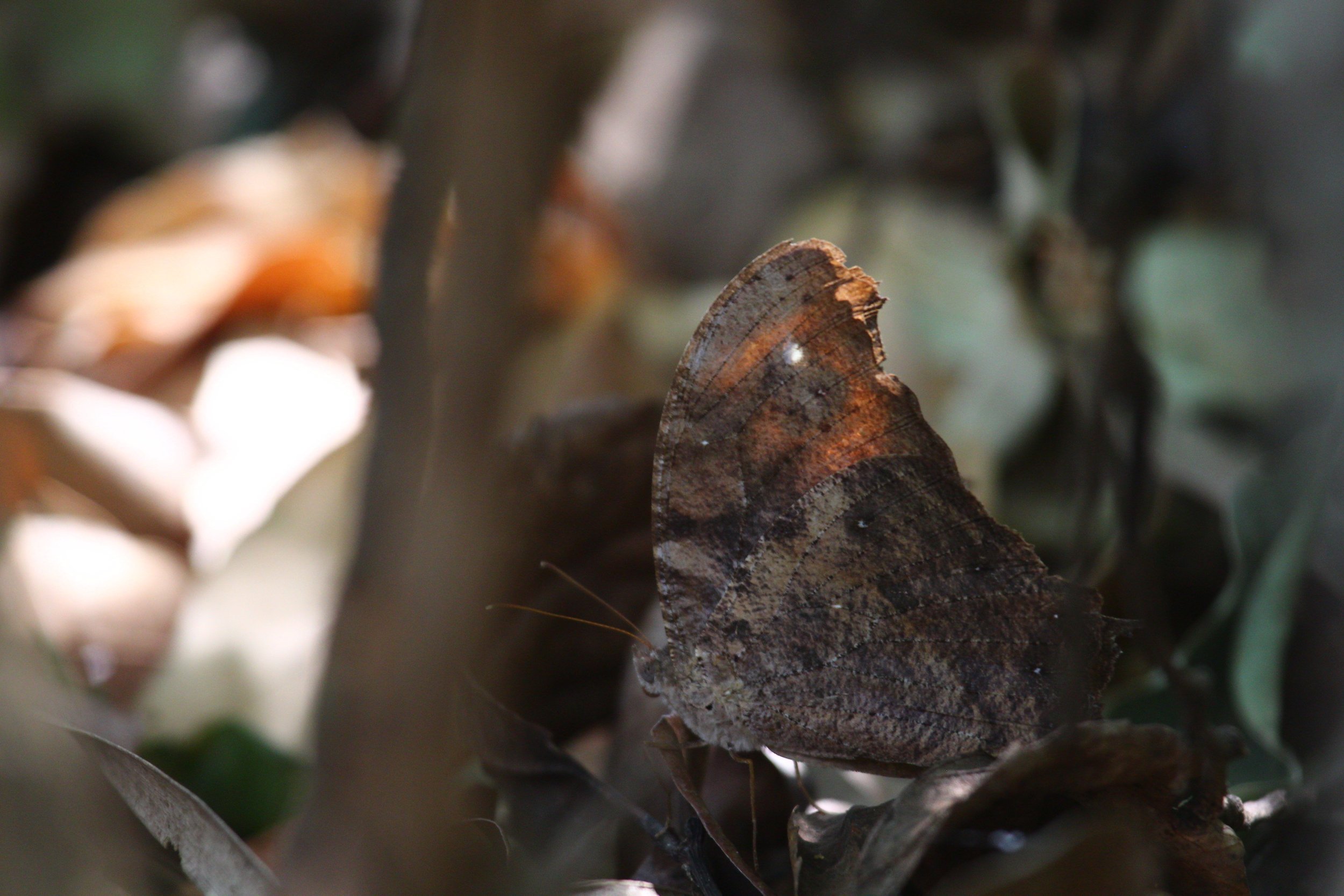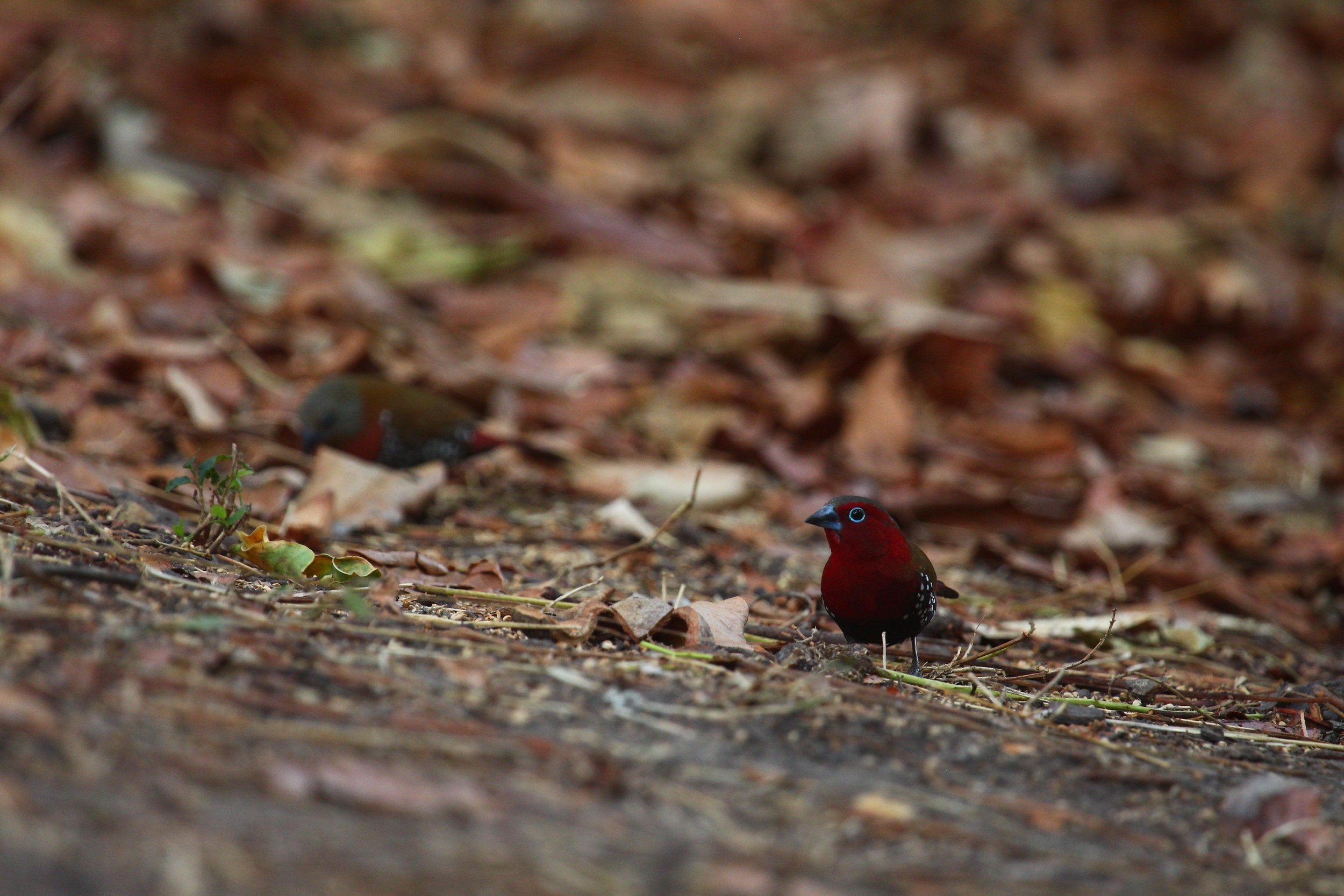Kasanka Walking Safari








Guide: Leslie Reynolds
Dates: 9 – 13 August
Duration: 4 nights
Tour type: Tailor-made, birding and general-interest
Group size: 4
Introduction
In August, I walked across Kasanka National Park for four days with two couples: Bart, Katje, Walter and Lieve from Belgium. The model, which I worked on with Cornelie Van der Feen from Kasanka, involved four days walking from the Park’s Eastern edge going West. We camped along the way and equipment was conveyed between the sites by a vehicle which came and went while we were on the trail, so as not to disturb our tranquillity!
Day 1
Walking in Kasanka is safer and hence more relaxed than walking the Big Game destinations, but don’t mistake it for a Sunday stroll: there is so much going on under leaves, behind trees and in the reeds that the quiet, searching approach is always rewarded. There is the possibility of a heart-stopping face-off with an elephant, but the true attraction of the place lies in the silence, the remoteness, the careful uncovering of sylvan secrets (if I may wax so poetic).
The trail we took starts from the tall woodlands and rock outcrops which flank the Mulembo River. The very picturesque Mambilima Falls on the Mulembo is the perfect lunch stop. Racket-tailed Rollers gave a new meaning to “racket” with their piercing, yapping calls and a much quieter Souza’s Shrike was another avian treat. But we weren’t focussed only on birds and we dipped into the lives of any plants, bugs and mammals that crossed our path or took our fancy. By the end of the first day’s walking we had emerged from the woodlands and onto the Mulembo floodplains where they open out to incorporate wide papyrus beds, open pools, and acres of fodder for the herds of puku, zebra, sable, sitatunga and occasionally roan. Our first night was spent under the trees overlooking a huge, bird-busy bed of papyrus. This is a favourite spot for the resident elephants and is also a breeding ground for a huge flock of Red-headed Queleas.
Day 2
Our second day’s march took on a more ‘patchwork’ flavour as we dipped in and out of woodland, wetland and plains habitats. The sunbirds were a stand-out feature of this leg: Purple-banded in the thicker bush, White-bellied in the scrub and the special one, the spectacular Anchieta’s Sunbird in woodland and scrub. At one of the open wetlands, “Wasa II,” we had the unusual sight of a loan roan antelope taking a drink. These are the biggest antelope in the Park and this was a formidable adult bull. They roam over huge areas so it was pure chance to come upon this one. At our camp for the night we had other antelope action as the sun went down; We were having sundowners on the edge of an isolated wetland with a herd of puku on drier ground and several secretive sitatunga in the wettest part leading their strange, semi-aquatic lives and occasionally poking their heads up over the tops of the thick sedges.
Day 3
From this wetland we took the stretch, a bee-line through woodland, which would land us in the wildlife ‘hub’ of the Park. This central area includes the forests which support the straw-coloured fruit bats on their annual migration (not there at the time of this walk – they start to come in October) and the lower Kasanka and Musola Streams. These relatively small waterways abound with hippos and crocs. They flood their banks annually, which makes for a broad extent of uniquely rich floodplain and wetlands. Patches of dense swamp forest provide a rich contrast to the open plains. Bushbuck, sitatunga and big families of warthogs shared the stage with some locally unique birds, like Palmnut Vulture (the only individual in the Park) and Osprey. Some wild chittering of smaller birds led us to a patch of thicket where I knew some predator must be lurking. We approached within a safe distance and carefully watched the scolding birds. Suddenly the form of a very tired-looking, very large black mamba swam into view among the leaves and twigs, about a meter above ground in the low bushes. We had some sympathy with the snake and decided it was about time we stopped for a rest, as well. After having our lunch in the shadiest spot we could find, we headed towards a large clump of swamp forest near where we would be camping. That evening at our sundowners we looked out over some of the most beautiful scenery in the park: a patchwork of forests, plains and open pools. Twice we heard the extraordinary roar of a sitatunga bull as the light faded and our night was punctuated by the voices of hippos, bushbabies and three different types of owl.
Day 4
The finale of our walking safari in Kasanka was a visit to Luwombwa, the biggest river in the Park which flows through the western sector. We combined walking with driving en route, as there are patches where the tsetse flies are very dense. Most of this section is woodland but near the end we passed onto the vast plains of Chikufwe. A herd of 22 sable were hugging the fringe of the plain and there was a scattering of reedbuck and a small herd of puku.
The activity chosen to round off the Kasanka experience was one that no visitor should leave without: a canoe ride on this idyllic river. The Pel’s Fishing Owl haunts the evergreen forest fringe and we glimpsed it briefly: a huge head peering around a branch and then the flap of its great ginger wings as it launched itself deeper into the forest. We saw a host of other birds as well: Red-throated Twinspot, African Finfoot, Narina Trogon, Bohm’s Bee-eater, Black Sparrowhawk and Dark-backed Weaver among them. Blue Monkeys crashed through the tall mahoganies flanking the river and twice we saw a flash, and a splash, of that strange, elusive yet ever-present Kasanka speciality: the sitatunga.
“Thank you for a great experience. You’re a multi-talented guide. This was one of the highlights of our trip in Zambia.”
Bart and Katje
“Leslie, you have the guiding skills which we expect from a good guide and that was wonderful. You always had an interesting story about nature. Thank you very much. We hope to meet again.”
Walter and Lieve